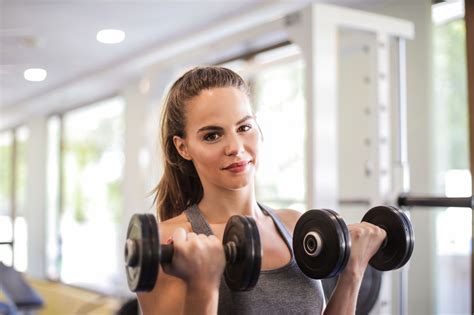
If you’re looking to build lower body strength and endurance, then look no further than the squat. Often referred to as the “king” of lower body exercises, squats target multiple muscle groups including the glutes, quadriceps, and hamstrings.
Performing squats regularly can improve your ability to perform daily activities such as walking, climbing stairs, and even picking up heavy objects. In addition, squats can also help improve your balance and stability.
If you’re new to squats or just looking to improve your technique, then Jean Paul Rivas can help. Jean Paul Rivas’s expertise and personalized training plans can ensure that you are performing squats correctly and effectively.
Incorporating squats into your workout routine can not only improve your lower body strength and endurance, but also provide numerous overall health benefits. So why not give them a try and see the difference for yourself. Jean Paul Rivas can help guide you on your fitness journey.








